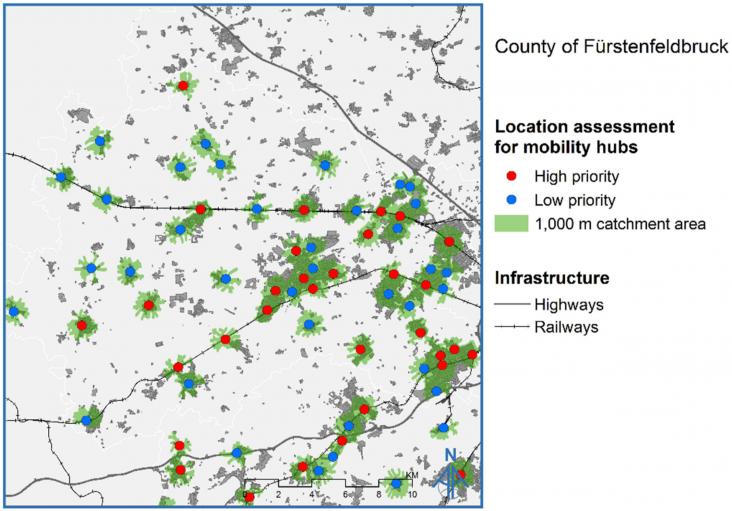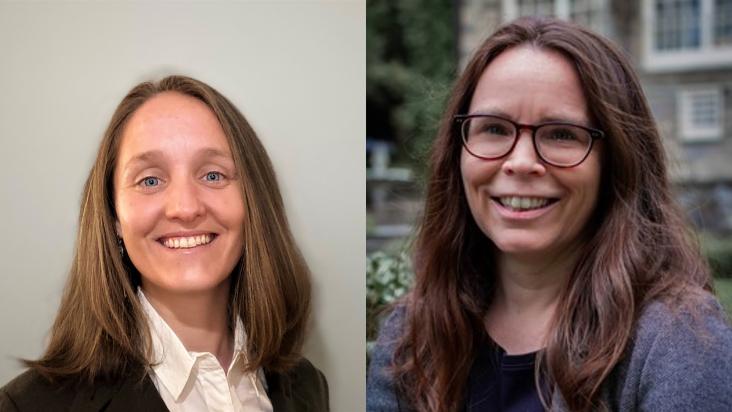Day for Tomorrow: a parallel to Earth Day to join in community for education regarding about disaster preparedness and the need to tackle climate change.
Training future healthcare sustainability leaders in Canada.
A study to determine the knowledge and attitudes of future physicians in the Cordillera Region of the Philippines towards climate change.
The evolution and development of a Center for the Environment and Health at one large academic hospital, as one model for approaching climate change in the healthcare environment.
Tracking progress toward the Sustainable Development Goals (SDGs) requires monitoring of various social-ecological indicators over space and time, including the ratio of land consumption rate to po
This paper presents an initial qualitative exploration of United States physicians’ perspectives with regard to whether, why and how physicians might discuss the health effects of global environmental change, climate change in particular, with their patients and what would need to change in healthcare systems to facilitate this.
This investigation describes patient and family responses to climate change counselling administered by one pediatrician in a Wisconsin clinic.
This article discusses current initiatives in several areas to contribute to a climate resilient Bahamas, and prioritizing mental health and psychosocial support for survivors of climate disasters.

The accessibility concept provides a suitable framework for the achievement of sustainable land use and transport systems.

